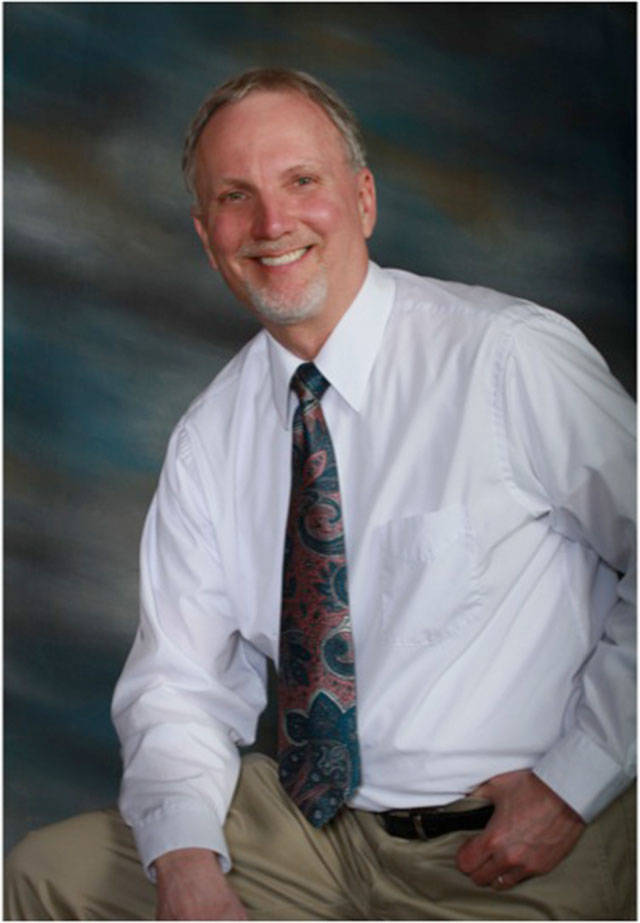Taiwan is only 81 miles from mainland China where the COVID-19 pandemic began. How, then, did Taiwan, a country of nearly 24 million people, suffer 441 confirmed cases and only seven deaths from the virus? In contrast, as of June 17, the United States, with a population of 331 million, has suffered 2,132,321 confirmed cases with 116,862 deaths and counting?
The U.S. economy has been driven into a deep recession and is only now gradually reopening after shutting down. Taiwan’s economy is back up and running.
There are a number of answers. One contributing factor is the size of the two populations. Plus, Taiwan is an island that gives it natural isolation from the rest of the world. According to Taiwanese officials, there are six explanations why they succeeded and we have fared so poorly, according to a Zoom Green River College Continuing Education seminar in late May.
1) Rapid mobilization between the government and the private sector. There was already a national command center set up for just such an emergency. Taiwan suffered through the 2003 SARS epidemic and learned lessons that the government rigorously applied beginning in early January 2020. The first confirmed case in Wuhan was Dec. 31. Jan. 21 was the first confirmed case in Taiwan, the same day as the first case in Seattle. The national command center in Taiwan was activated Jan. 20.
2) Prompt decision making. Since there was a central command center, decisions could be made without delays or confusion. There was little conflict or bickering between the national government and the prefectures (states).
3) Thorough implementation of measures. Since Taiwan is a country with high trust of its government and a society that values the common good over individual rights, there was a high level of cooperation from the population. When people were told to wear masks, use sanitizers, socially distance and quarantine themselves if they got sick, they did it. Airports were first shut down to and from Hubei Province where Wuhan was located in China and then to the world as the pandemic spread. There were special taxis and ambulances provided for new arrivals. Rooms and food were provided by the government. Government officials contacted those quarantined twice a day.
4) A well-coordinated distribution of supplies. PPE’s had already been set aside and once the pandemic became apparent, mask production, as an example, ramped up from 1.88 million in January to 15.9 million by April. Because there is National Health Insurance, all people could buy masks at either pharmacies or convenience stores using their NHI health card numbers. This prevented panic and hoarding. Eventually Taiwan was able to send 23 million masks to the U.S., Europe and the rest of the world.
5) Transparent daily reports on the media with aggressive rumor control.
6) The use of advanced technology. All passengers who entered Taiwan on airline flights had their temperatures monitored by infrared cameras. If they had temperatures, they were pulled aside and quarantined at government expense. Meals and rooms were provided. The same was true for public transportation. If anyone entered a train, subway or bus, their temperatures were monitored before they got on.
In eastern central Taiwan, there is a prefecture called Hualien where there is a school system called Tzu Chi spanning ages from preschool to university and with a technical school. There are 12,011 students in this system. Tzu Chi was used as an example of how the coronavirus was contained. The first thing the school leaders did was to extend the student winter break by two weeks. During that time, all the campuses were disinfected. Ten thousand masks had already been set aside for just such an emergency. If any students came in from abroad, they had their temperature taken and were put in quarantine for 14 days. Meals and dorm rooms were provided with nurses who checked in on them on a regular basis. As a result of these concerted and coordinated actions, there were zero cases in the provinces and zero cases in the school system.
The mayors and administrators of several cities in South Puget Sound watched the two-hour Zoom session, including the Enumclaw mayor. The president of Green River College also was in attendance. They were trying to deal with the pandemic in their own areas of control.
Hopefully, we will be better prepared for the next pandemic. Hopefully, we will be able to work together for the common good.


